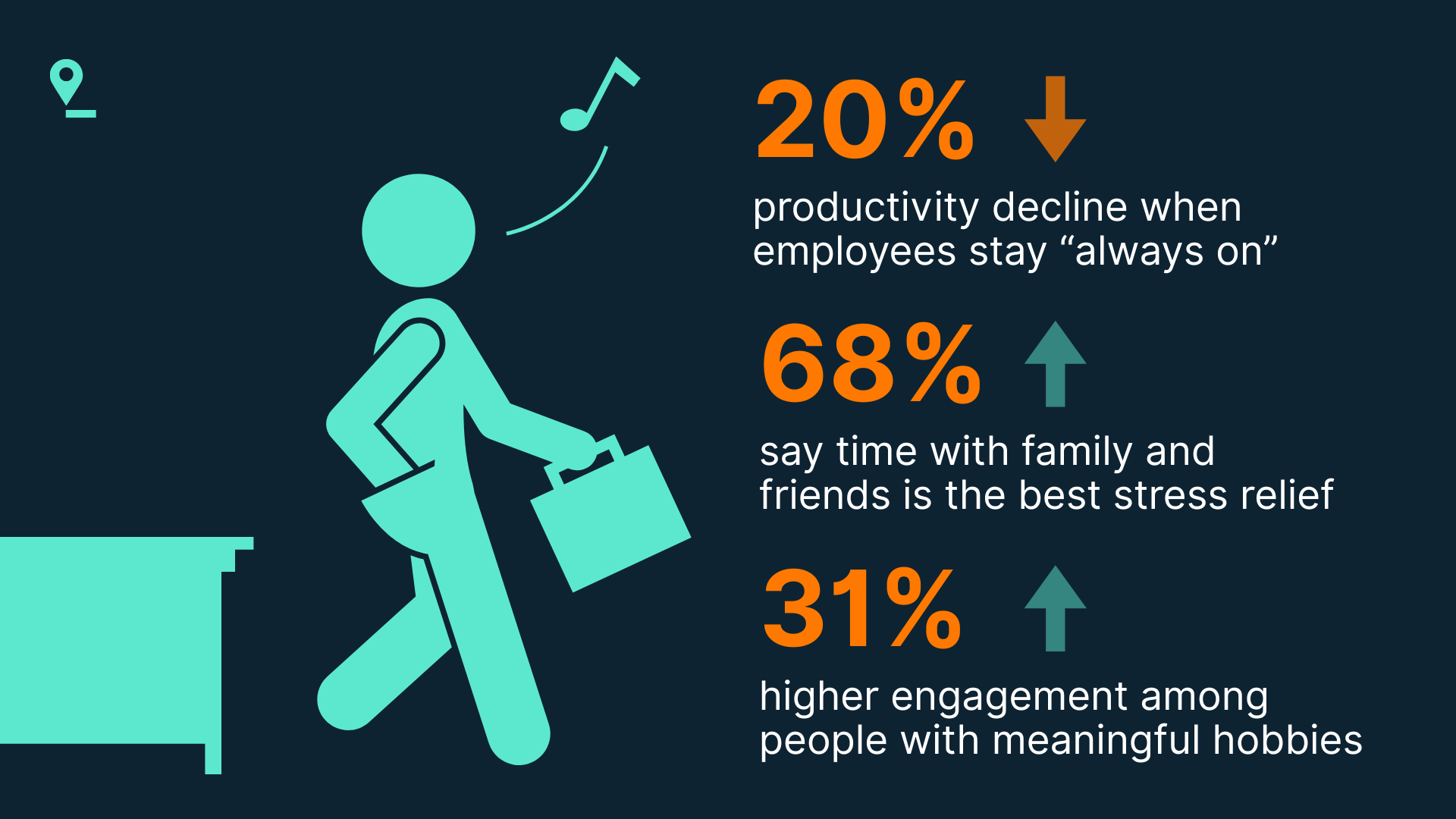Thinking about a Small Business Administration (SBA) loan or just getting started with one? This article covers the latest changes and how they may affect your business.
In Spring 2025, the SBA made significant updates to loan requirements, which could affect your funding options.
We spoke with Javier Jorge, Director of Government Guaranteed Lending at Locality Bank, to break down the updates in clear, simple terms. Keep in mind that SBA guidelines will continue to change. For the most up-to-date information, visit the SBA website or call your banker.
1. SBA Is Getting Stricter About How Loans Are Approved
Previously, lenders could use more flexibility in approving loans. Now, the SBA requires lenders to follow its rules exactly.
What this means for you: Even if your lender supports your application, it could be delayed or denied if it doesn’t meet the SBA’s specific requirements.
2. Startups Must Put More Money In
Startups now need to put in at least 10% of their own cash to qualify. Some lenders might even ask for up to 15-20%.
3. Ownership Must Meet Citizenship Requirements
All owners must be U.S. citizens, nationals, or lawful permanent residents (for at least two years).
4. Insurance Now Required for Loans
Loans over $50,000 need hazard insurance, and life insurance is now required for key borrowers.
5. Refinancing Rules Are Stricter
You can’t refinance merchant cash advances or factoring with an SBA loan. For other loans to qualify for refinancing, you need to show either at least a 10% reduction in your total loan cost or provide a lump sum balloon payment that pays off a significant portion of the debt.
What this means for you: Not all debts can be refinanced, and you’ll need to check if your existing debt meets these savings or payment conditions to qualify for SBA refinancing.
6. Working Capital Loans Need a Clear Plan
If more than 50% of your loan is for working capital, you must show exactly how the money will be used.
What this means for you: You’ll need to document precisely how the loan will help your business operations.
7. Franchises Must Be Listed to Qualify
Franchise loans are only available if the business is listed in the SBA Franchise Directory.
8. Credit Score Requirements Increased
The SBSS score (Small Business Scoring Service) for smaller SBA loans is now 165, up from 155. This score combines personal and business credit to determine loan eligibility.
9. Maximum Loan Size for Small 7(a) Loans Lowered
The loan limit has dropped from $500,000 to $350,000.
What this means for you: Small 7(a) loans are typically used for needs like working capital, equipment purchases, and property renovations. With the reduced cap, if your project or expansion exceeds $350,000, you may need to explore larger loan options or adjust your business plans to fit within this limit.
10. Buying a Business Requires More Cash Upfront
If you’re buying a business, you’ll need to put in at least 10% of the purchase price using your own money. Sometimes the seller helps out by lending you part of the money, called a seller note. But to count as part of your 10% investment, the seller has to agree to wait for repayment until your SBA loan is fully paid off. In simpler terms, the seller is giving you extra time to pay them back, which makes the loan less risky for the bank.
11. Seller Retention Comes with New Guarantees
If the seller keeps more than 20% of the business, they must personally guarantee the loan for its full term. If they retain less than 20% ownership, a two-year guarantee is required.
What this means for you: If the seller is staying on with a stake in the business, they’ll share responsibility for the loan in case of default, which helps protect the lender. This could influence how you structure the ownership arrangement.
12. Tenant Improvement Allowance Must Go Toward the Loan
A tenant improvement (TI) allowance is money a landlord provides to help cover renovation costs. Under the new rules, this allowance must go toward reducing your loan balance, not extra project expenses.
What this means for you: You’ll need to coordinate with your landlord and lender to ensure the allowance is applied correctly, reducing the total amount you need to borrow.
13. Bigger Loans Might Be Coming
The SBA is considering raising the 7(a) loan limit to $7.5 million or even $10 million for industrial businesses.
Stay Informed and Supported
These SBA changes, implemented earlier in 2025, could impact your loan decisions. The good news? You don’t have to navigate this alone. Locality Bank can help you stay informed and find the best financing options for your business, whether you’re applying for a loan today or in the future.
Contact us now to begin a conversation.
Note: This article was published in July 2025 to explain SBA loan changes that took effect in Spring 2025. Please note that SBA guidelines may have changed since then. For the most current information, visit the SBA’s website or contact your banker.
Disclaimer: The information provided in this content is for general educational purposes only and does not constitute professional advice. Locality Bank makes no warranty, express or implied, nor assumes any legal liability or any responsibility for the accuracy, correctness, completeness, or any actions taken based on the information provided. Loan programs, terms, and requirements are subject to change. Deposit accounts are subject to account opening requirements. Always consult a qualified professional for specific guidance related to your situation.


